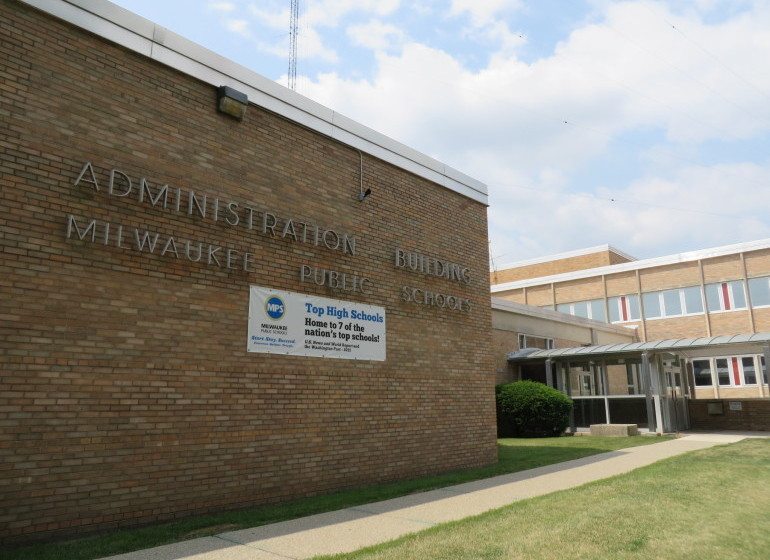Since 2006 enrollment at Milwaukee Public Schools has declined significantly, while enrollment has increased at charter schools and private choice schools in the city, according to new Wisconsin Policy Forum report on Milwaukee’s K-12 education system.
The report, “Roll Call: A Landscape Review of the Students, Financing, and Performance of Milwaukee’s K-12 Schools,” was released Friday and found that total student enrollment has declined in Milwaukee, but student enrollment at charter schools and at private choice schools have both increased.
MPS schools have seen a 32.8% decline in enrollment — totaling about 30,000 students — from 2006 to 2024, according to the report.
On the other hand, Milwaukee’s charter schools saw enrollment increase from 7,323 in 2006 to 15,695 in 2024, according to the report. Private choice program schools in Milwaukee have seen a similar increase during that period, with 30,103 students participating in 2024. This is up 90% from 2006, when there were 15,864 students attending Milwaukee’s private choice schools, according to the report.
“The declining share of students educated at traditional public schools … may soon drop below the 50% mark,” the report stated.
The number of school-aged children in Milwaukee has substantially decreased since 2000, according to the report. There was about a 26.8% decline in the city’s youth population from 2000 to 2020, with fewer births and few families with children moving to Milwaukee than leaving as root causes, the report stated.
The WPF also found that 12.5% fewer students are educated in Milwaukee in 2024 than in 2006.
‘Financial challenges likely loom’
When adjusted for inflation, the amount of state and local funding Milwaukee schools received in 2004 totaled $1.48 billion, according to the WPF report.
Projected funding totals from 2024 indicate Milwaukee schools received $1.29 billion this year, according to the report.
MPS had a $87 million referendum passed in April 2020 and a $252 million referendum passed in April 2024, which “allow the MPS board to exceed state revenue limits by those amounts over a four-year phase-in period.”
“For now at least, the overall trend suggests that the current number of publicly supported school buildings in the city may not be sustainable over the next decade, even taking into account the latest MPS referendum,” the report stated.
The WPF report also states there are two main reasons why “financial challenges likely loom for Milwaukee’s publicly funded schools.”
“First, falling enrollment has meant that the total inflation-adjusted funding for schools in Milwaukee has fallen over the past two decades, particularly for MPS, even after taking the latest referendum into account,” the report states. “Second, the city’s total number of MPS, charter, and MPCP schools has risen substantially over the past generation, driving down the average funding per school and creating impacts for both students and the schools themselves.”
Concerning outcomes
The WPF report notes disparities in outcomes depending on race, with a tremendous gap between Black students and white students.
The COVID-19 pandemic worsened this issue, and average scores for Black students “decreased faster than average scores for while children,” according to the report.
“Although any increase in the disparity would be a cause for concern, growth in Milwaukee’s gap due to lower scores for Black students represents the most unsettling outcome,” the report states.
The gap between white students and Hispanic students has also increased in the last decade, according to the report. Similar to the gap between Black and white students, this “divergence widened as scores for Hispanic students decreased,” the report states.
The report noted the absence of data from private and independent charter schools and “the high percentages of non-white students in the non-MPS sectors.”
“If one theory behind the spread of school choice was that it would produce improved outcomes at all schools, including MPS, however, that does not appear to be the case — especially not for students of color,” the report stated.


